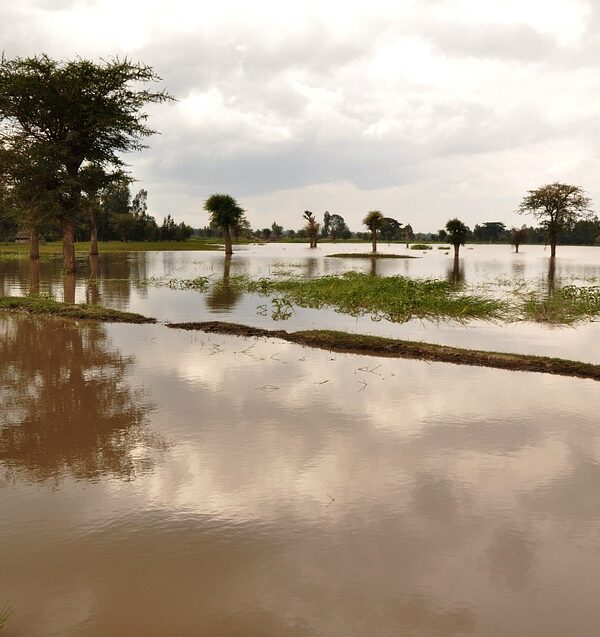Courtesy of iii.org One in eight drivers on U.S. roads was without auto insurance in 2019, according to a report released today by the Insurance Research Council (IRC). At-fault drivers who don’t comply with state insurance requirements raise insurance costs for everyone else. Insured drivers paid more than $13 billion in 2016 (about $78 per insured vehicle) for protection against at-fault drivers who have inadequate coverage for medical costs and property damage they inflict on others. “Keeping auto insurance affordable is more difficult when a significant number of drivers refuse to carry their fair share of the costs,” said David Corum, vice president of the IRC. While countrywide the uninsured motorist rate was 12.6 percent in 2019, these rates varied substantially across states, ranging from 3.1 percent in New Jersey to 29.4 percent in Mississippi. Although the uninsured motorist rate increased only 1.2 percentage points nationwide from 2015-2019, several states …
Uncategorized
Car Insurance Terms-A Guide
Courtesy of iii.org Don’t be intimidated by specialized insurance language. Below you’ll find definitions of some of the most common terms used when dealing with auto insurance. Adjuster An insurance company employee or contractor who reviews the damages and injuries caused by an accident and okays claims payments. Bodily injury liability Usually mandated by state law, this insurance provision covers costs associated with injuries and death that you or another driver causes while driving your car. Claim The formal request to an insurer for payment under the terms of your policy. Collision coverage Optional coverage that reimburses you for damage to your car that occurs as a result of a collision with another vehicle or other object—e.g., a tree or guardrail—when you’re at fault. While collision coverage will not reimburse you for mechanical failure or normal wear-and-tear on your car, it will cover damage from potholes or from rolling your car. Comprehensive …
Insurance and Floods
Courtesy of iii.org Floods occur in every region and 90 percent of all natural disasters the United States involve some type of flooding. Minimize the damage and losses from a flood by taking these precautions. Understand flood watches and flood warnings There are different alerts for floods, depending on the type of and immediacy of the potential danger. Educate your family and yourself about your community's flood warnings: Flood watches are issued when rain is heavy enough to cause rivers to overflow. Flood warnings describe the severity of the situation and indicate when and where the flood will begin. Flash flood watches are issued when heavy rain is occurring or is expected to occur. Flash flood warnings are issued when flooding is occurring suddenly. In the event of flash flooding in your area, move immediately to high ground. Take practical measures to protect yourself, your family and your property Preparedness is paramount when it …


